
PHARMACOLOGY
3
rd
stage
Drugs modifying cholinergic transmission .
. Autonomic nervous system is divided into sympathetic and parasympathetic .
. The chemical mediator of parasympathetic nervous system is acetylcholine .
So, the term
((
cholinergic system
))
is synonymous to the term of
parasympathetic system .
Acetylcholine
Acetylcholine is a quaternary ammonium compound ,present and act as a
chemical mediator in the following sites :-
1:- Post ganglionic parasympathetic nerve endings on smooth muscles , cardiac
muscles and exocrine glands .
2:- All autonomic ganglionic synapses .
3:- Motor fibers terminate at the neuromuscular junctions .
4:- central nervous system synapses .
Synthesis of Acetylcholine :-
Cholinacetylase or choline acetyl transferase
Acetyl co. A + choline ----------------------------------------------→ Acetylcholine +
Co.A
.Source of Acetyle Co A. is the mitochondria .
.Source of choline is from the extracellular fluid .
.Source of cholinesterase is from nerve cell body , then it will be transported to
axon terminals by axoplasmic flow .
.After its synthesis , Acetylcholine will be stored in vesicles .
.Release of Acetylcholine is done by depolarization process .
.Calcium is important factor for the release of acetylcholine , while Mg
+
ions will
inhibit the release of Acetylcholine .
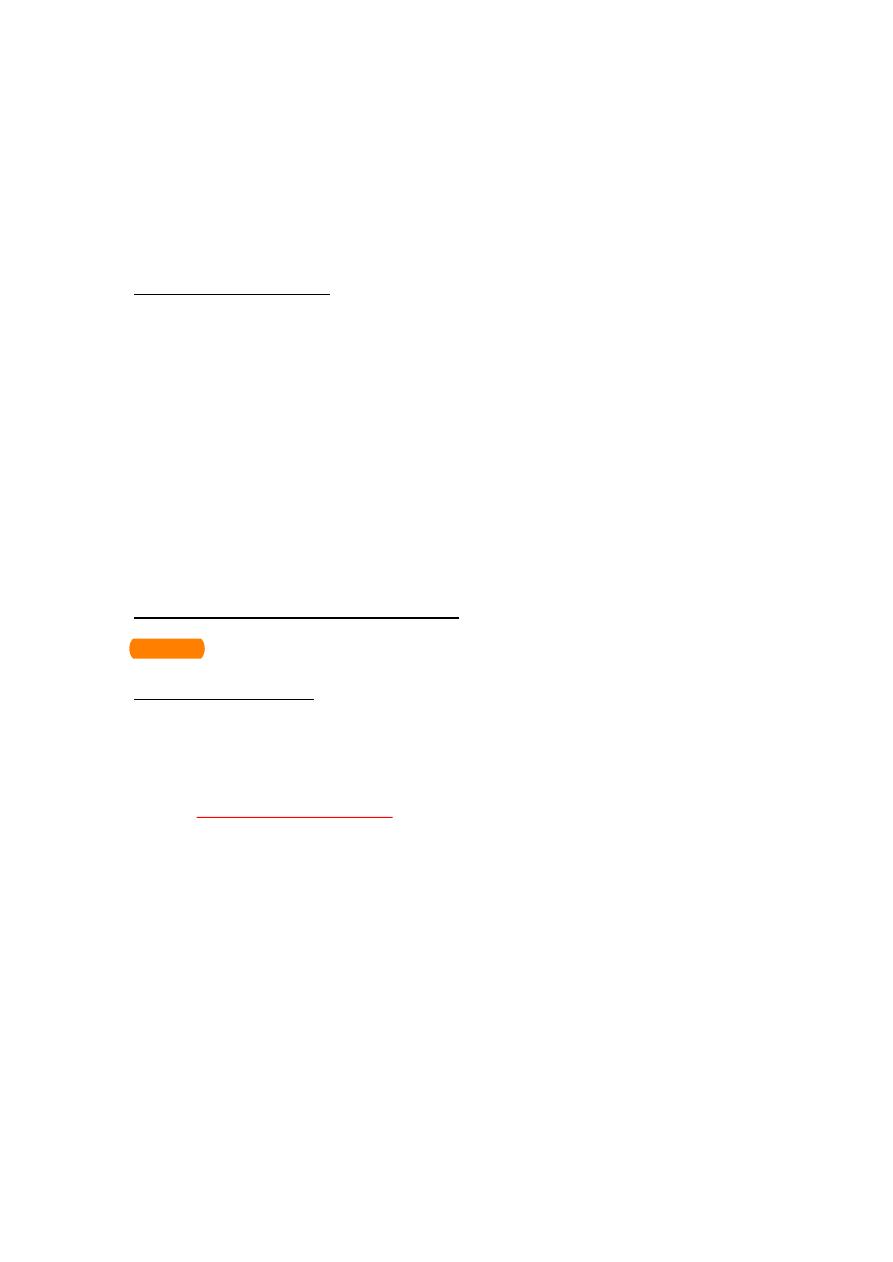
.Then , the vesicle of Acetylcholine will fuse with membrane of nerve terminal
and discharge its contents , a process known as
((
Exocytosis
))
.
.After Acetylcholine is release , it is going to act on receptors which are either
Muscarinic receptors or Nicotinic receptors .
Muscarinic receptors :-
.Are called muscarinic because the effect of Acetylcholine on these receptors is
very similar to the effect of muscarine (which is also a quaternary ammonium
compound extract from toxic mushroom .
.There are five types of muscarinic receptors ; M1 ,M2,M3,M4,and M5 .
. M1 ------- present in the gastric parietal cells .
.M2-------- present in the cardiac cells and smooth muscles .
.M3-------- present on exocrine glands and smooth muscles (urinary bladder ) .
. M4,M5 -------- present in neurons .
Blocking of muscarinic receptors :-
Atropine is the main blocker for all these receptors (M1→ M5 ) .
Nicotinic receptors , Are of 2 main types :-
1:- Nn , which presents on the autonomic ganglia (sympathetic and parasympathetic )
2:- Nm , which presents at skeletal neuromuscular junction .
.These 2 receptors (Nn,Nm) are not identical , because they need different blockers
to be blocked .
Acetylcholine will be hydrolyzed and destroyed by Acetylcholine esterase which is 2 types :-
1:- True or specific Acetylcholine esterase .
2:- Pseudocholinesterase (non specific ) .also called Butyrylcholinesterase .
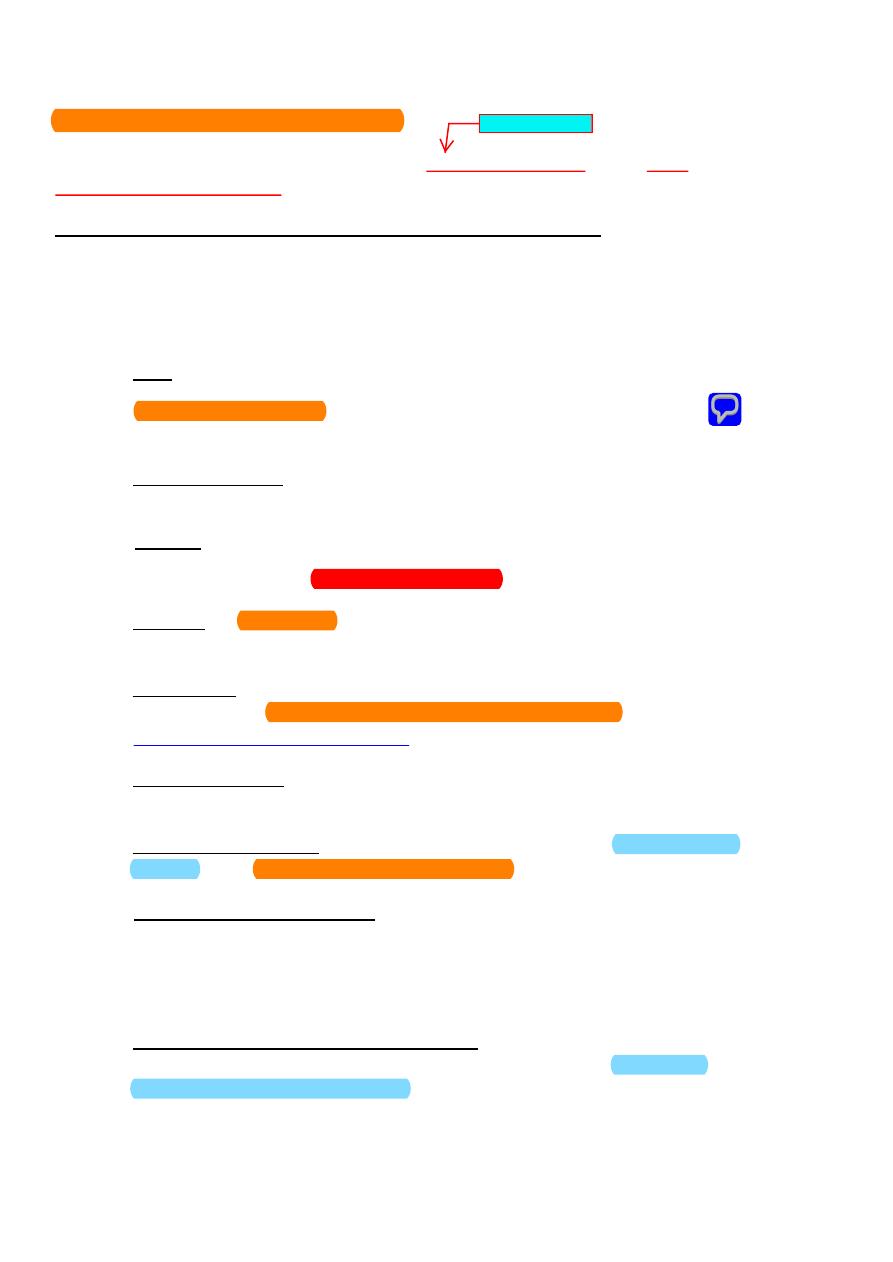
Q:- Acetylcholine can't use as a drug ?
It is therapeutically of no important; because its multiplicity of action and its rapid
inactivation by cholinesterase .
Effects of Acetylcholine and drugs that mimic its action
:-
A. Autonomic nervous system :-
1. parasympathetic division :- stimulation of both cholinergic synapses of
parasympathetic ganglia and post ganglionic endings will result in :-
Eye :-
lead to miosis and spasm of the cilliary muscles occurs ; so that the eye is
Accommodated for near vision ,and there will be falling in the intraocular
pressure
Exocrine glands →
There is an increase in the secretion of the
salivary ,lacrimal ,bronchial and sweat glands .
Note:-
Some sweat glands (ex. axillary ) are adrenergic .
Heart:- →
bradycardia ,with atrioventricular block and eventually cardiac
arrest ,strocke volume is decreased and force of contraction is decomposed .
Bronchi→ :-
broncho constriction with increase in bronchial secretion ; this
effect is clinically serious in asthmatic or other allergic patients where
cholinergic drugs should be avoided as far as possible .
Alimentary tract :- →
increase movement and secretion with colicky pain ,
there will be reduction in sphincter tone .
Bladder and ureters :- →
the drugs promote micturition , detruser muscle
contract , while trigone and sphincter are relaxed .
2:- Sympathetic division :-
The sympathetic and parasympathetic ganglia are stimulated , the effect on the
sympathetic system can't be shown unless the parasympathetic is blocked by
Atropine , then tachycardia ,vasoconstriction , hypertension occur .
B:- Skeletal neuromuscular junction:-
when stimulated lead to muscle
fasciculation and if excess is given (prolong activation ) lead to a secondary
depolarizing neuromuscular block .
Non specificity
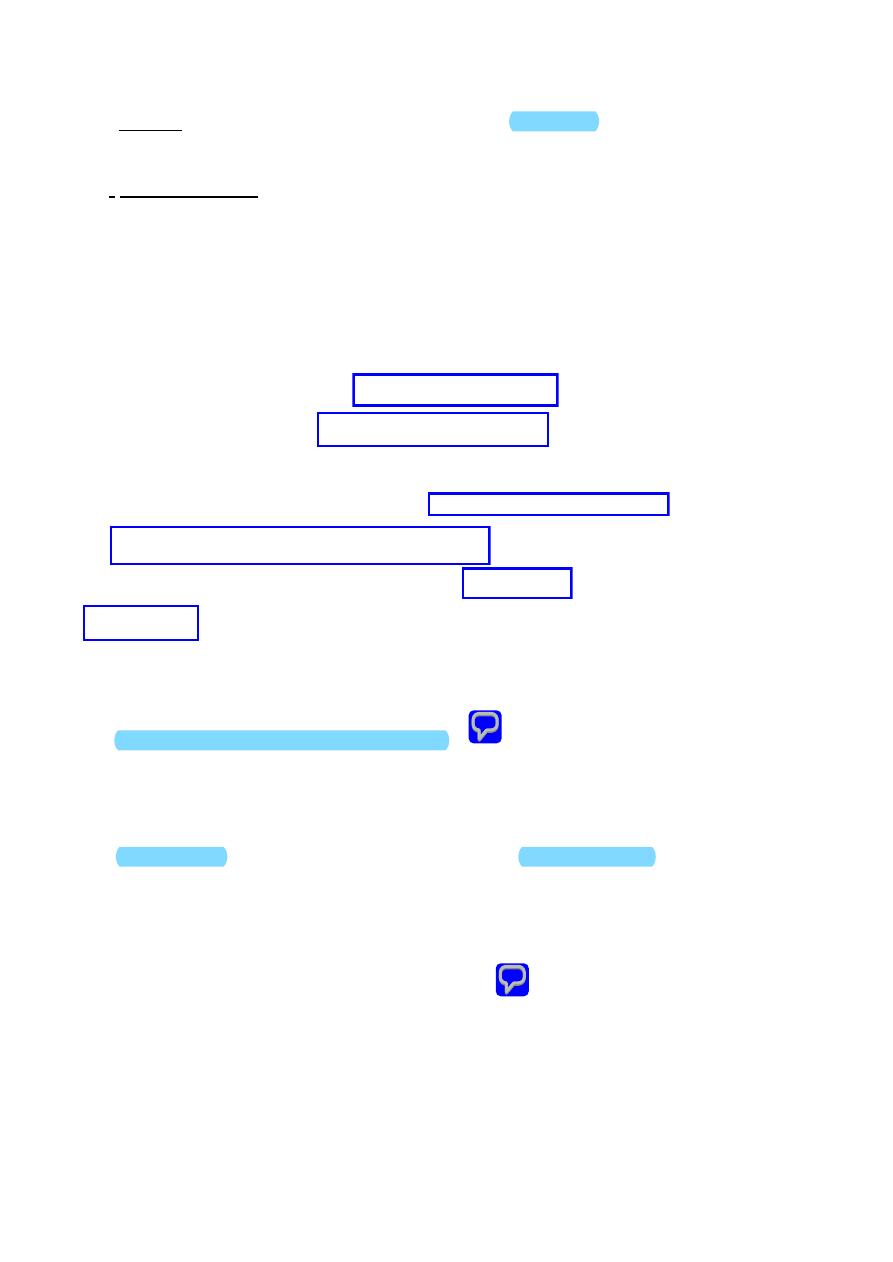
C) C.N.S. :-
If penetrate to CNS ; it will lead mental excitement , confusion ,
restlessness , insomnia , nightmares ; tremor; sometimes convulsion and coma
D)
Blood vessels :-
there is stimulation of cholinergic vasodilator nerve endings ;
dilatation of arterioles and capillaries .
Cholinomimetic drugs or cholinergic drugs can be classified into :-
1:- Directly acting cholinergic agonist :- subdivided into :-
a)synthetic cholinesters involve:- Carbachol , Bethanechol ,
b)natural alkaloids include :- Pilocarpine , Muscarine .
2:- Cholinesterase inhibiters or anticholinesterase ; subdivided into :-
a)reversible inhibition cholinesterase like :- Physostigmine , Neostigmine ,
Pyridostigmine , Distigmine , and Edrophonium .
b) Irreversible inhibition by organophosphrous like Isoflurophate and
Echothiophate .
These drugs have longer duration of action than Acetylcholine ; also they are more selective .
1:- Bethanechol :-
It has a selective action on GIT and urinary tract .
There is no significant effect on ganglia or skeletal muscle transmission .
It is protected against the cholinesterase by some changes in its structure ;
So it is not destroyed by both types of cholinesterase ;It has muscarinic effect without
significant nicotinic effect .
Clinical indications :-
1:- Post operative abdominal distention .
2:- post operative urinary retention ;(atonic bladder ) .
3:- In selected cases of congenital mega colon .

Side effects :-
Some cholinergic signs as sweating , flushing , salivation , if patient is asthmatic there is
aggravation of bronchial asthma and hypotension .
Contraindication:-
1:- Brochial asthma .
2:- Sever cardiac disease .
3:- Hyperthyroidism (may cause atrial fibrillation ) .
4:- If there is mechanical obstruction in GIT or urinary tract .(tumor ,constriction ,stone ,…etc
) .
2:- Carbachol :-
Has both direct muscarinic and nicotinic effects (because of its unselectivity) .
It is not destroyed by cholinesterase of both specific and non specific .
Carbachol has profound effect on both the CVS and GIT .
Therapeutic actions:-
Because of its high potency and relatively long duration of action limited therapeutic uses for
eye ;it is usually applied topically on eye as eye drops to treatment glaucoma as miotic agent (lead
to miosis and decrease I.O.P. ).
B) Alkaloids :-
Pilocarpine :-
Derived (extract ) from leaves of pilocarpus plant ;
It is tertiary amine (can enter the CNS) ;
It has muscarinic effect of Ach ; without significant nicotinic effect .
Clinical uses :-
1:- It is a drug of choice in emergency lowering I.O.P.(both types )locally .
2:- Induced miosis .
3:- Pilocarpine is one of the most potent stimulators of secretion ; it promote salivation in
patients with xerostomia resulting from Sjogren syndrome or irradiation of neck and head .
ﺟﻔﺎف اﻟﻔﻢ
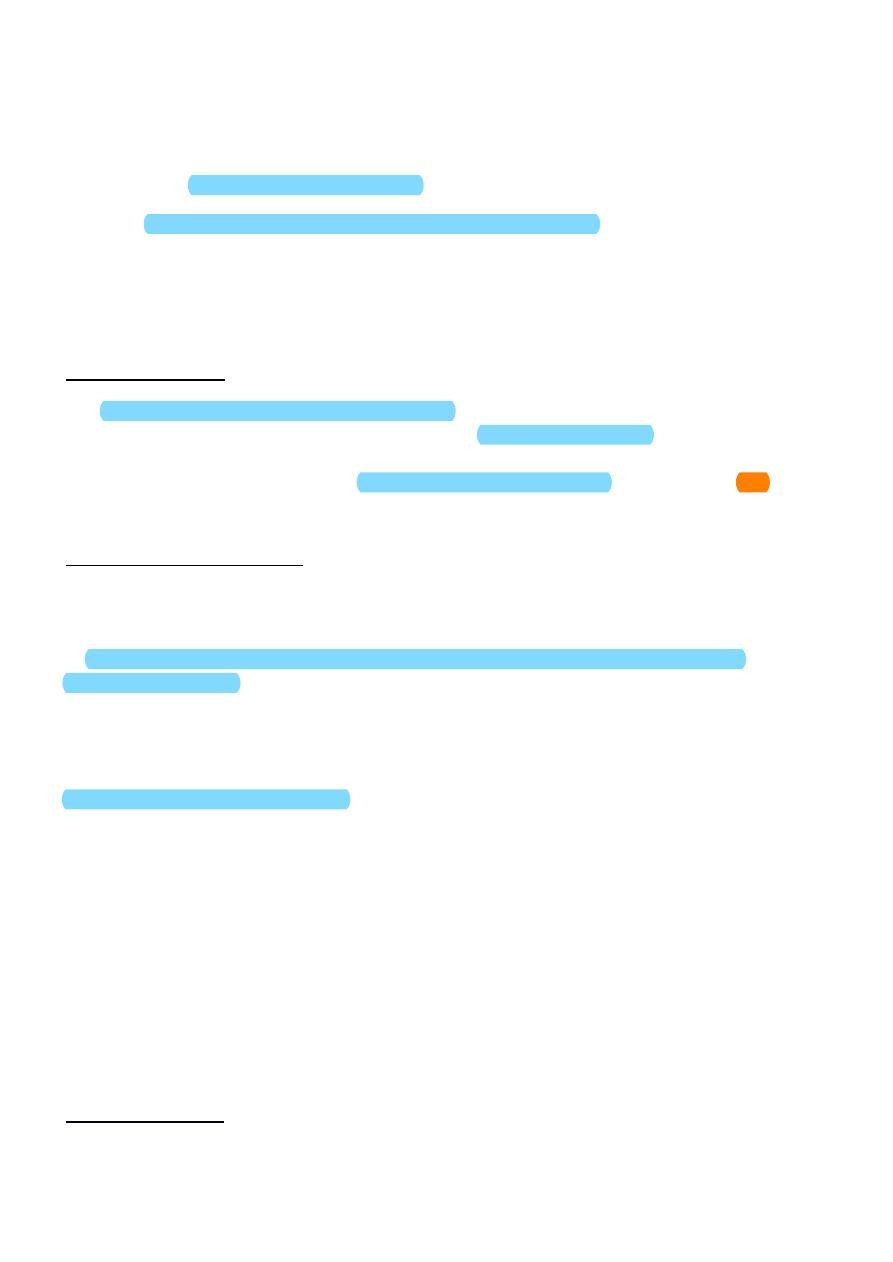
2:- Anti cholinesterase (cholinesterase inhibitors ):-
These drugs act on the cholinesterase ; inhibiting its action leading to accumulation of Ach.
And this lead to intensifying the action of Ach.
They also potentiating of other cholinergic drugs when used together .
A) Reversible inhibitors :-
attachment of these drugs for the enzyme will be able to
dissociated ; then the enzyme will affect the Ach. And destroyed it .
1:- Physostigmine :-
It is an alkaloid tertiary amine derived from seeds of plant ;
It inhibits the enzyme cholinesterase reversibly ;it has a wide range of effects as a result of its
action ; not only muscarinic and nicotinic sites of autonomic nervous system ; but also nicotinic
receptors of neuromuscular junction ; duration of action is about 2-4 h. ; Physostigmine can enter
and stimulate the cholinergic sites in the CNS.
Therapeutic indications :-
1:- increase intestinal and bladder motility .
2:- In glaucoma by decrease the I.O.P.
3:- treatment of overdose of drugs with Anticholinergic action like Atropine and tricyclic
antidepressant drugs .
Side effects :-
Rarely seen with therapeutic doses :-
1:- CNS lead to convulsion .
2:- bradycardia .
3:- paralysis of skeletal muscles .
2) Neostigmine :-
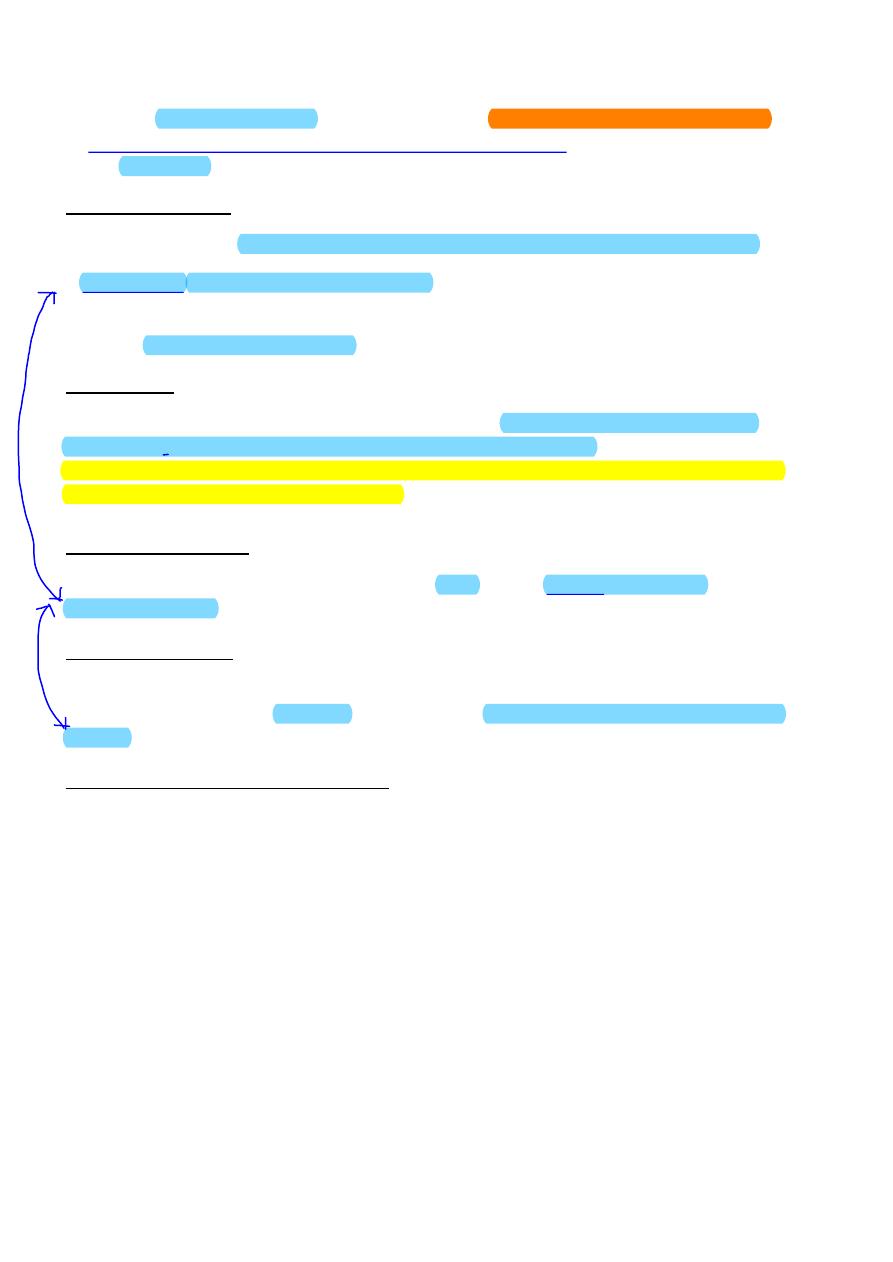
is synthetic quaternary nitrogen compound ;hence it is more polar and does not enter CNS. ;
Its effect on skeletal muscles is greater than that of Physostigmine ;has moderate duration of
action (30 min.-2 h.) .
Clinical indications :-
1- Used as antidote for Tubocurarine and other competitive neuromuscular blocker agents .
2- Symptomatic treatment of Myasthenia gravis (autoimmune disease to the nicotinic
receptors ) .
3- Used to stimulate bladder and GIT.
Side effects :-
Include those of generalized cholinergic stimulation such as salivation ;flushing ;decreased
blood pressure nausea ;abdominal pain ;diarrhea and bronchospasm .
Neostigmine doesn't cause CNS adverse effects ;and not used to overcome toxicity of centrally
acting antimuscarinic agents like Atropine .
3) Pyridostigmine :-
has longer duration of action than Neostigmine (3-6h.) used in chronic treatment of
myasthenia gravis .
4) Edrophonium :-
it is similar to Neostigmine in structure and mode of action ; but differs in its duration of
action which is very short ( 10-20 min.) ; so it is used to diagnosis myasthenia gravis and not to
treat it .
B) Irreversible anti cholinesterase :-
A number of synthetic organophosphate compounds have capacity to binding to acetyl
cholinesterase result in long- lasting increase in Ach. At all sites where it is released
USES:-
1:- As insecticides .
2:- chemical warfare agents .

Side effects :-
These compounds are very high toxic ; the presented patients develop cholinergic signs as :-
sweating ; salivation ;respiratory distress ; pupil constriction ; muscle fasciculation ;
bronchoconstriction ; bronchial secretion ; lacrimation; abdominal cramps ; urinary
incontinence ; convulsion ;ECG changes . if patient not treated will end with cyanosis ; and death
of patient from respiratory failure .
Treatment :-
1:- maintaining respiration (mechanical respiration )
2:- giving Atropine sulphate to overcome the cholinergic effects ; the dose of Atropine is higher
than that used in therapeutic dose .
3:- decontamination of skin ;eye and stomach by gastric aspiration .
4:- after that use enzyme reactivating (Pralidoxime ) to re activate cholinesterase .
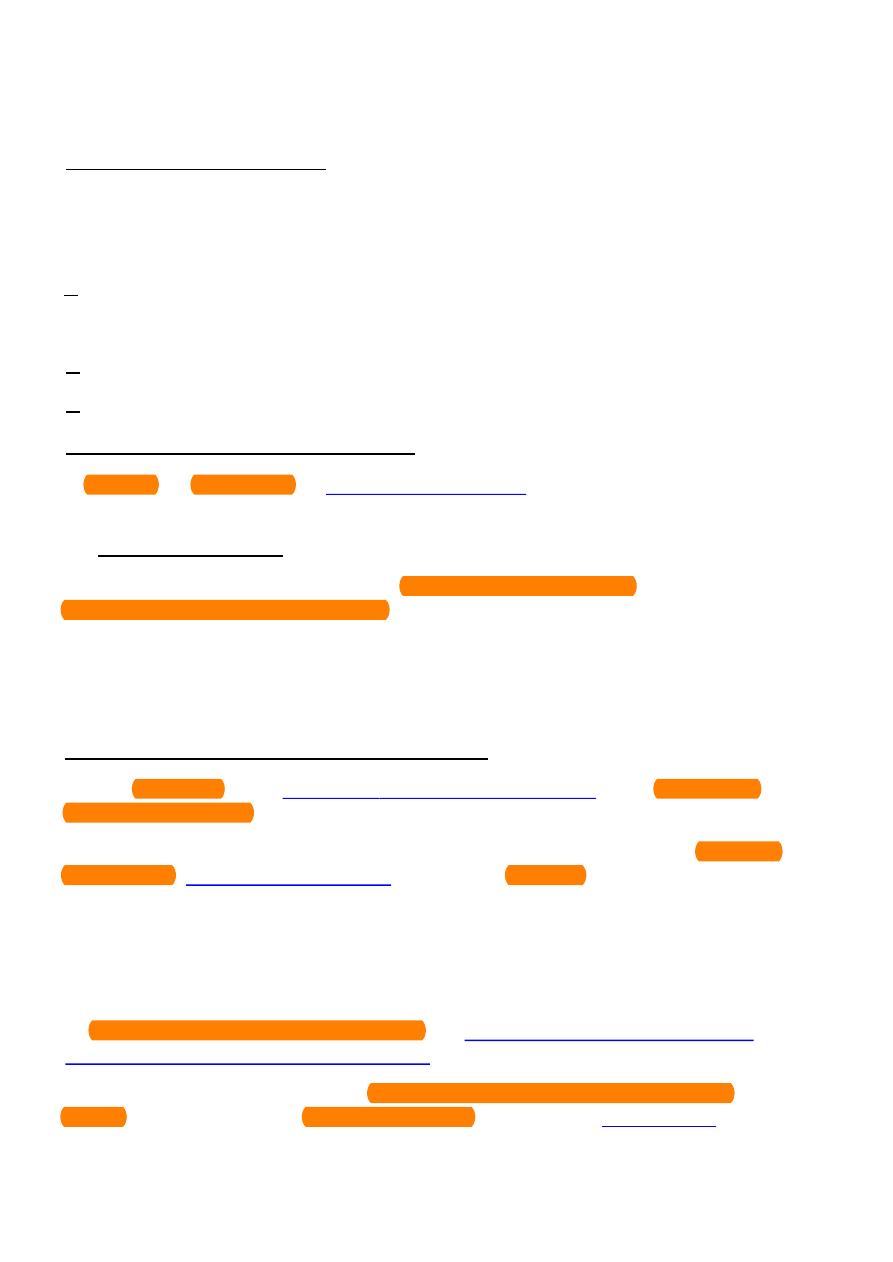
Cholinoceptor antagonists :-
like agonists ; are divided into muscarinic and nicotinic subgroups ;the anti nicotinic consist
of ganglionic blockers and neuromuscular blockers ;so the drugs appose Ach action are divided
into 3 groups :-
1:- Antimuscarinic (also called parasympatholytic drugs) represented by Atropine
and Atropine related drugs .
2:- Ganglionic blocking drugs .
3:- Neuromuscular blocking drugs .
Atropine and Atropine related drugs :-
Atropine and Scopolamine are alkaloid called belladonna alkaloid because they
are
extract and found in plant known as
((
atropa belladonna
))
.
Mechanism of action :-
1:- Atropine act by block the effect Ach . by competitive antagonist at sites
innervated by post ganglionic nerve fibers , which are smooth, cardiac muscles and exocrine
glands .
2:- block the direct vasodilator effect of Ach. On the blood vessels .
3:- some block the effect of Ach. On CNS .
Pharmacological action of Atropine and related drugs :-
1) CVS:- small doses lead to increase Ach. Which lead to bradycardia ; while enough doses
they cause tachycardia .
2)on blood pressure → large therapeutic doses or in case of poisoning there will be peripheral
vasodilatation , increase body temperature may be due to histamine release .
3) GIT:- it causes :-
a)decrease motility and GIT tone .
b) decrease various secretion of GIT .
the first effect is more than that the second one ; so; in peptic ulcer they are substituted by
other drugs more selective and less side effects .
4)on urinary tract :- Atropine has some dilating action on the ureters and fundus of the
bladder ; in addition it leads to sphincter constriction and thus causes urine retention .
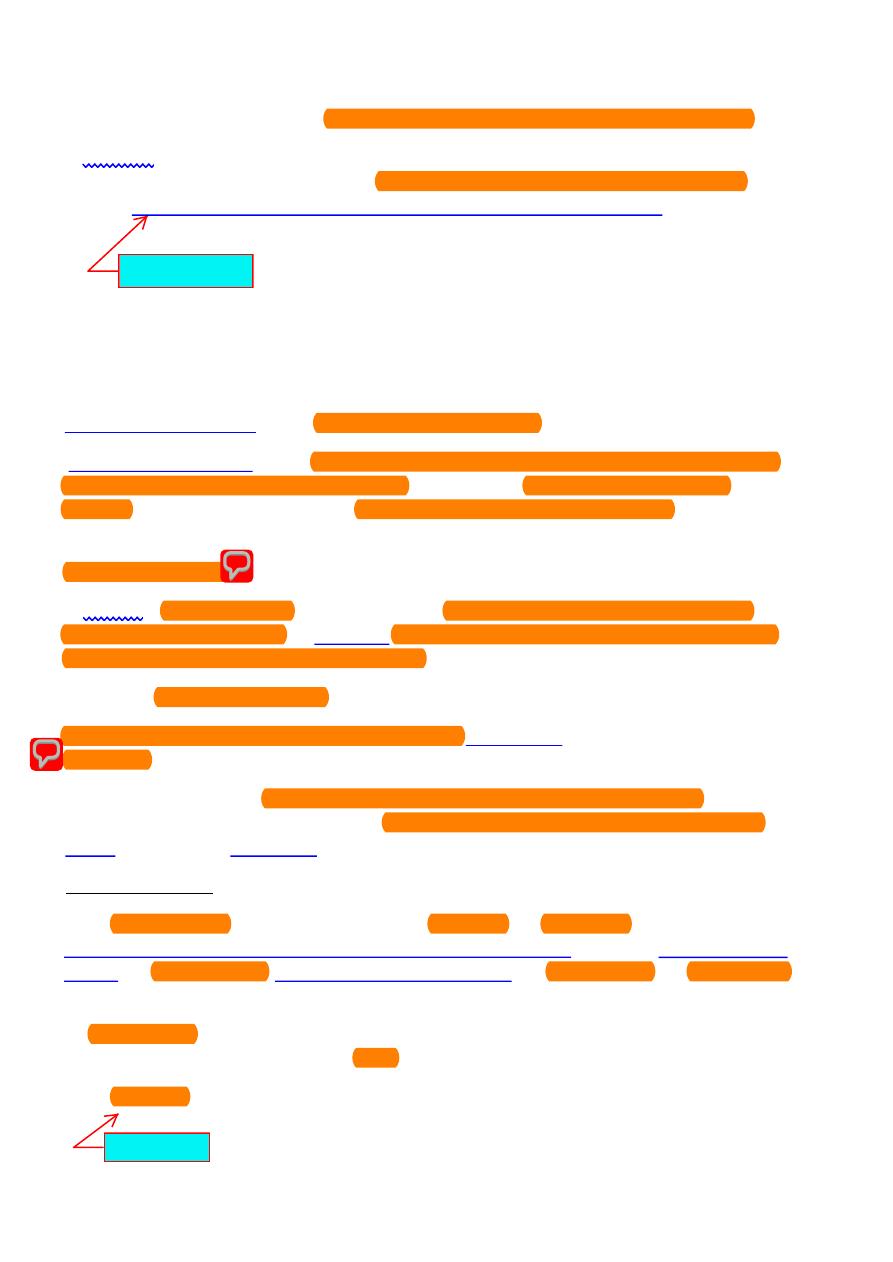
5) on gall bladder have some mild antispasmodic action on the gall bladder and bile duct .
6) on uterus :- they have no significant effect on human uterus ; so they are useless in
dysmenorrheal (painful menstruation ) ; Scopolamine is used in the second stage of labor to
produce sedation without effect on the uterus contraction or duration of labour .
7) on the eye :- circular muscles of pupil and cilliary muscles receive cholinergic innervation ;
so Atropine will block the effect of this innervation :-
block of circular muscles lead to mydriasis (dilatation of pupil).
block of cilliary muscles lead to cycloplegia (accommodation of eye for near vision is lost and
its accommodation for far vision is increased ). Also there is increase in the intraocular
pressure .Antimuscarinic drugs cause reduction of lacrimal secretion (dry eyes) .
8) on exocrine glands :- secretion will reduced as salivation ,lacrimation ;sweat secretion
except milk secretion .
9) on CNS :- Scopolamine has more marked CNS sedation and drowsiness with amnesic
effect in recommended doses ;in toxic dose Scopolamine and lesser extent Atropine can cause
excitation ; agitation ;hallucination and coma .
The tremor of Parkinson's disease is reduced by centrally acting antimuscarinic drugs .
Vestibular disturbances especially motion sickness ; Scopolamine is often effective in
preventing this disturbances .
10) Respiratory system :- bronchial dilatation and reduction of bronchial secretion ;
antimuscarinic drugs are frequently used prior to administration of inhalational anesthesia to
reduce accumulation of secretion in the trachea .
Therapeutic uses :-
1- In ophthalmology :- they are used to induce mydriasis and cycloplegia ;but
because
of their long duration of action , they were substituted other drugs like
alpha adrenergic
agonist e.g. Phenalephrine ,or short acting anti muscarinic like Homatropine and Tropicamide
which is very effective mydriatic and cyclopegic .
2-Pre operative; to protect the patient from excessive salivation and bradycardia produced
by some general anesthesia especially ether .
3- In obstetrics ; in the second stage of labour to produce some sedation and
amnesia .
ﻦ اﻟﻢّﻜﺴﻣ
اﻟﺘﻮﻟﯿﺪ
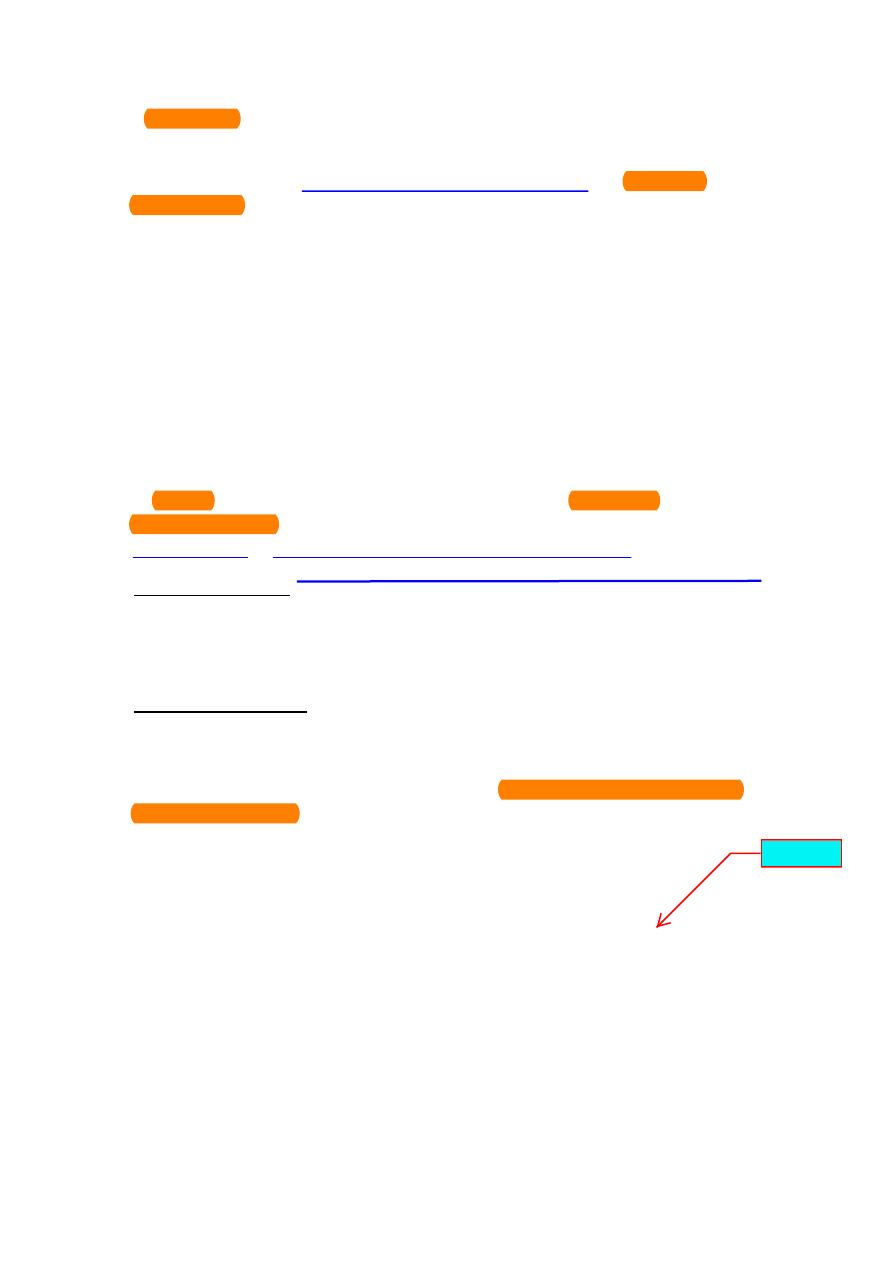
4- Cardiac use ; they can be used to reverse bradycardia associated with
or after
myocardial infarction and in digitalis induced heart block .
5- In parkinsonism ; centrally acting antimuscarinic drugs like Benzhexol and
Orphenadrine are improve the tremor associated with this disease .
6- In treatment organophosphorus poisoning .
7- Motion sickness .
8- Colic pain of GIT and urinary tract induced by inflammation or surgery .
9- Ipratropium ; a quaternary derivative of Atropine is useful in treating
asthma and also beneficial in management of chronic obstructive
pulmonary disease ;it is inhaled for these conditions because of its
positive charge ,it doesn't enter the systemic circulation and CNS.
Contraindications :-
1- Glaucoma .
2- prostatic hypertrophy .
Atropine poisoning :-
In case of overdose there will be ,tachycardia , dry mouth, blurred vision ,
constipation , urine retention .in addition , there will be hot dry skin ;dilated
pupil ;hallucination followed by depression and respiratory paralysis which the
main cause of death .
Treatment :-
Over dose of Atropine is usually treated symptomatically ;
Temperature controlled by cooling blankets .Seizer controlled by Diazepam .
Neostigmine for treatment peripheral sighs of parasympathetic block .
Tricyclic anti depressant drugs can giving in some cases .
Valium
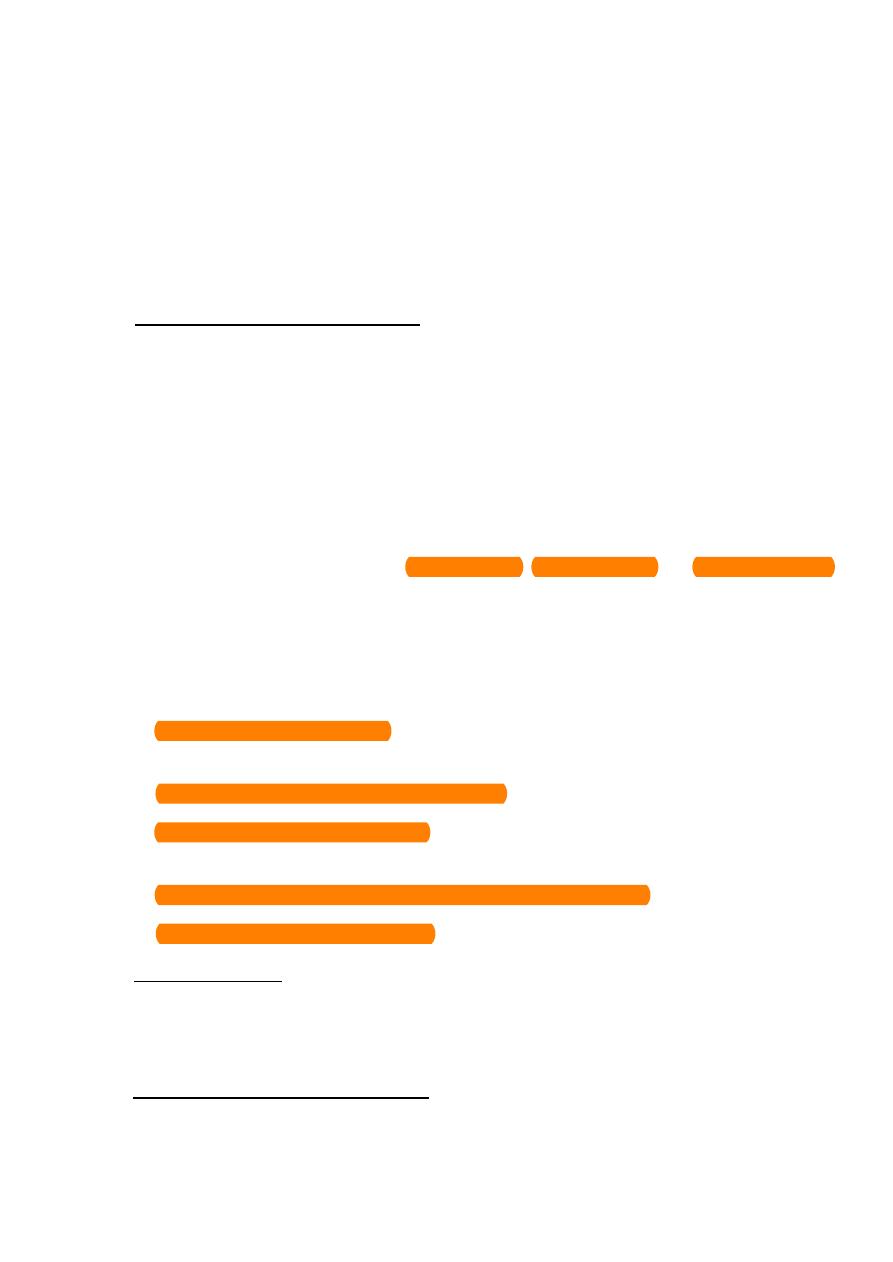
Ganglionic blocking drugs :-
The second group of drugs that opposes the action of acetylcholine ;the most important receptors at
the ganglia are the nicotinic receptors , although there's some muscarinic and alpha adrenergic
receptors ;but they are of no significant value .
Ganglionic blocking drugs can be divided into 2 groups :-
1:- Those that initially stimulate the ganglial receptors (agonist ) ;but then they lead to
desensitization of receptors and blocking them ; so called depolarizing drugs e.g.
Nicotine .
2:- Those that don’t stimulate ;but they compete with Acetylcholine at the nicotinic
receptors in the ganglia lead to paralysis .e.g. Trimethaphan ; Mecamylamine and Hexamethionium .
These drugs show no selectivity in toward the parasympathetic or sympathetic ganglia where block
the entire output of autonomic nervous system .
Pharmacological effects :-
1:- Decrease the blood pressure because of decrease sympathetic tone to
various vascular areas .
2:- Postural hypotension (no vasoconstriction ) .
3:- Difficult urination and constipation due to decease in muscle tone of GIT
and urinary tract .
4:- Dilatation of the pupil and no accommodation for near vision .
5:- Dry mouth and decrease sweating .
Therapeutic uses :-
1:- To control emergency hypertension .
2:- To control blood pressure during surgery .
Neuromuscular blocking agents :-
Classified into 2 groups :-
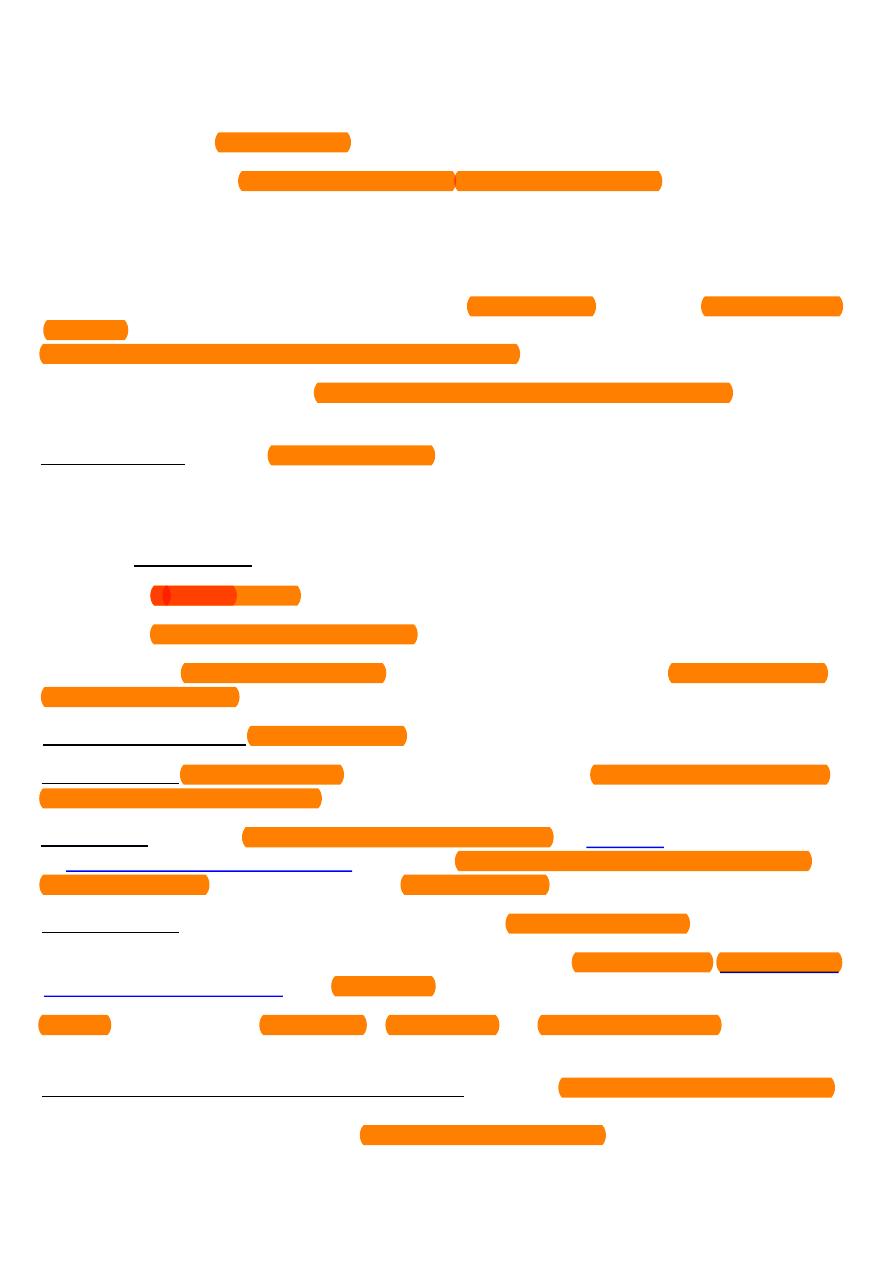
1) Competitive non depolarizing agents :- They compete with Ach. for nicotinic receptors at the
motor end plate e.g. D- Tubocurarine .
2) Depolarizing :- They initially cause fasciculation then followed by blocking of the
neuromuscular junction ;so they’ll be desensitization of receptors to neurotransmitters
and then
muscle will be relaxed .
1) Competitive non-depolarizing neuromuscular blocking agents :-
a- D- Tubocurarine :- It is the prototype of this group used in surgery for produced complete muscle
relaxation without having to employ higher anesthetic doses to achieve muscle relaxation .It is a
quaternary ammonium compound derived from root of plant .
An intravenous injection produces flaccid paralysis of the extrinsic muscles of the eyes ,then
muscles of face and finally diaphragm and intercostal muscles
Mode of action :- mainly by competing with Ach. for the nicotinic receptors at the N.M. junction .
Side effects :-
1) Histamine release .
2) some ganglionic blocking activity .
And both of them could cause hypotension .Histamine release may also cause bronchospasm and
this may lead to apnea .
Dimethyl tubocurarine:- 3 times more potent than D-Tubocurarine .
Pancuronium :- 5 times more potent than D-tubocurarine and it has no histamine releasing action
and no ganglionic blocking action .
Atracurium :- Is used as a neuromuscular relaxant (in surgery ) ;it's destroyed
spontaneously(not by liver or kidney );so it's very useful to patients with
liver
and kidney diseases .It's like D-tubocurarine (release histamine ).
Cis atracurium :- related to Atracurium (isomer form) ;but release less histamine .
Problems occur due to these non-depolarizing blocking agents are prolonged apnea ,bronchospasm
(because of histamine release ) and hypotension .
Antidote to these drugs are Neostigmine or Edrophonium ,and small dose of Atropine might be
needed
2) Depolarizing neuromuscular blocking agents:- Example is Succinyl choline (Suxamethonium )
;this drug when administered at certain dose it'll lead to lead first to fasciculation (transient muscle
contraction) then followed by relaxation .duration of action is 5 minutes and the muscle strength
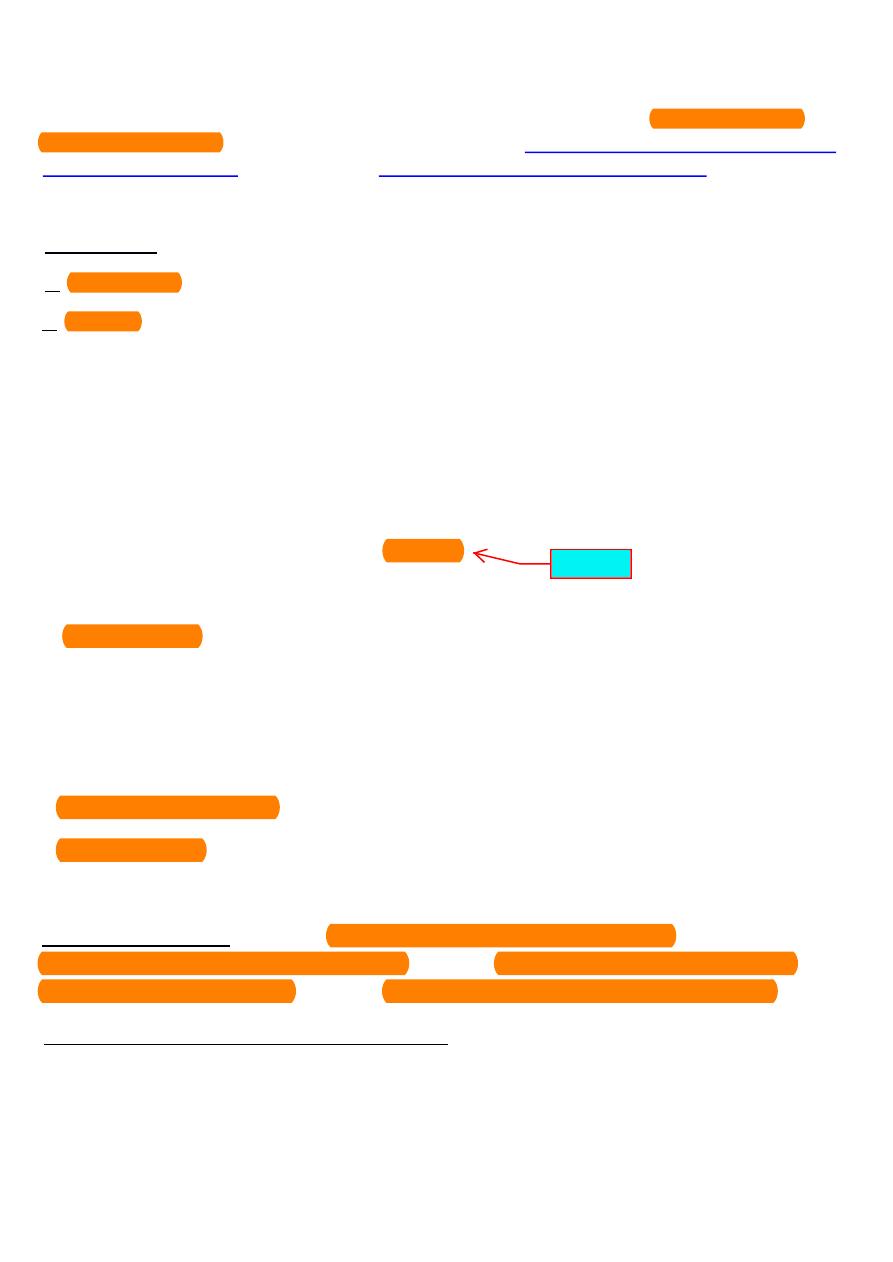
returns to normal in another 5 min. this short duration of action is because of rapid hydrolysis by
plasma cholinesterase . Most important use of this drug is in endotracheal intubation (that needed in
induction of anesthesia ) and also used in electroconvulsive shock treatment (EST).
Side effects :-
1:- Hyperthermia .
2:- Apnea in patient who is genetically deficient in plasma cholinesterase (it's hydrolyzed by plasma
cholinesterase ) .
Antipsychotic drugs or Neuroleptic drugs or called antischizophrenic Major
tranquilizers . or
The term anti psychotic and neuroleptic are used to denote a group of drugs that is
used mainly for the treatment of (schizophrenia ); and also they are effective in some
other psychotic state e.g. mania and delirium .
Chemical classification of antipsychotic drugs into :-
1) Phenothiazine derivative ;which are subdivided into :-
a)Aliphatic derivatives :- Chlorpromazine (largactil)
R
.
b)Piperidine derivatives :- Thioridazine .
c)Piperazine derivatives :- Fluphenazine and Trifluoperizine .
2)Thioxanthine derivative e,g.:- Thiothixene .
3)Butyrophenone derivatives e.g. Haloperidol.
4)Miscellaneous structures e.g. Clozapine , Olanzapine and Risperidone .
Pharmacokinetic :- They are incompletely absorbed from intestine ;they undergo
significant first pass metabolism in liver ;they are highly binding to plasma protein with
large volume of distribution ;they are lipid soluble compound can reach to brain .
Dopamine hypothesis of schizophrenia :-
It proposes that this disorder is caused by relative excess of functional activity of the
neurotransmitter dopamine in specific neuronal tracts in the brain ; particularly in the
mesolimbic system .
ھﺬﯾﺎن
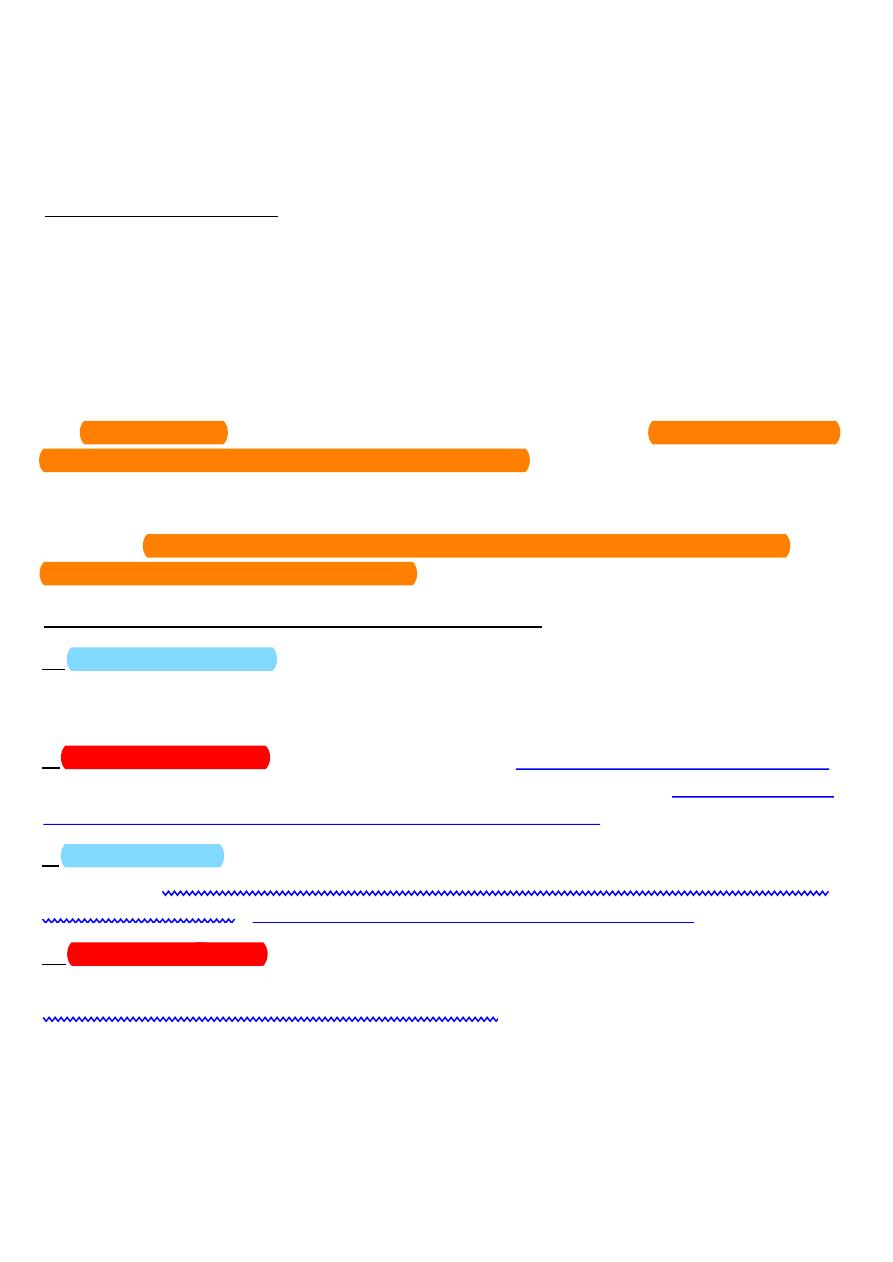
Mechanism of action :-
1)Dopamine receptors –blocking activity in the brain .
All the neuroleptic drugs block dopamine receptors in the brain and the
periphery ;they are five different dopamine receptors consisting 2 families D1-like
receptors include D1and D5
D2-like receptors include D2;D3and D4 .
The clinical efficacy of neuroleptic drugs is correlates closely with their ability to block
D2 receptors in the mesolimbic system of the brain .
2)Serotonin receptor –blocking activity in the brain .
The newer drugs Clozapine ,Olanzapine and Risperidone appear to act through
inhibition of serotonin receptors (5-HT) .
The pharmacological action of neuroleptic drugs :-
1) Anti psychotic actions :- All the neuroleptic drugs reduce the hallucination and
delusion associated with schizophrenia by blocking dopamine receptors in the
mesolimbic system of the brain .
2) Extapyramidal effects :- these effects occur with chronic treatment with neuroleptic
drugs due to block dopamine receptors in the nigrostriatal pathway lead to Parkinson
like symptoms (dystonia ;akathisia and tardive dyskinesia ) .
3) Antiemetic effect :- most of the neuroleptic drugs have antiemetic effect that are
mediated by blocking D2 –dopaminergic receptors of the chemoreceptor trigger zone
of the medulla (CTZ) ; except Thioridazine is not effective antiemetic .
4) Antimuscarinic effect :- some of the neuroleptic particularly Thioridazine ;
Chlorproazine ;Clozapine and Olanzapine ; causes antimuscarinic effects include
blurred vision ;confusion ;dry mouth ;constipation ;….etc .
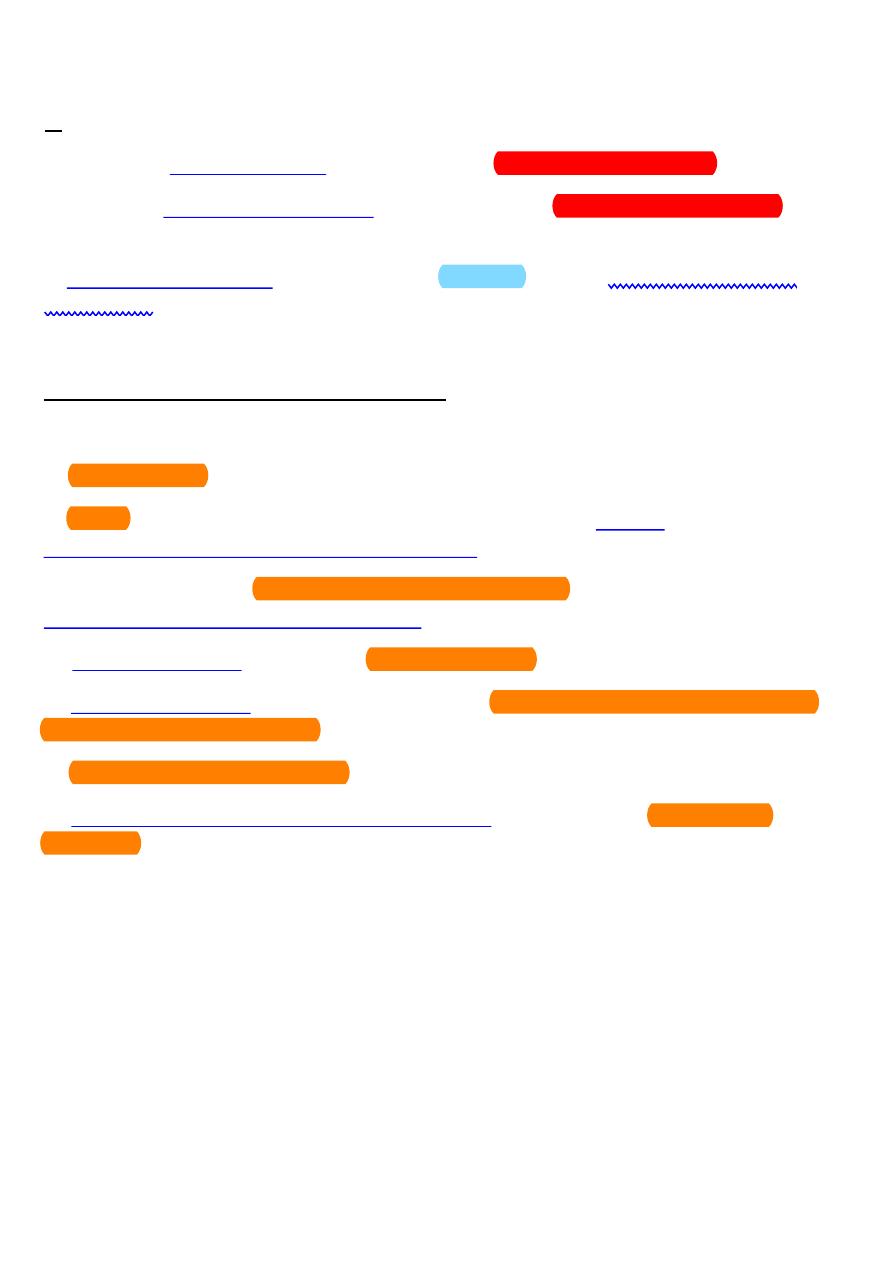
5) other effects :-
a-Blocking of alpha adrenergic receptors causes orthostatic hypotension .
b – Blocking D2 receptor in pituitary gland lead to an in increase in the prolactin
release .
c- Blocking of histaminic receptors lead to sedation like with Chlorpromazine and
Clozapine .
Therapeutic uses of neuroleptic drugs :-
1:- Schizophrenia the primary indication of neuroleptic drugs
2:- manic episode in patients with bipolar effective disorder ;used in
combined with antidepressant drugs or Lithium .
3:- Neuroleptic used in combined with narcotic analgesia for treatment of
chronic pain and anxiety in cancer cases .
4:- Chlorpromazine is used to treat intractable hiccup .
5:- Prochlorperazine is useful in the treatment of disease or drugs induced nausea ;
but not due motion sickness .
6:- Senile dementia of Alzheimer disease .
7:- H1-receptor blocking action by Phenothiazine are used for the relief purities
(itching ) .
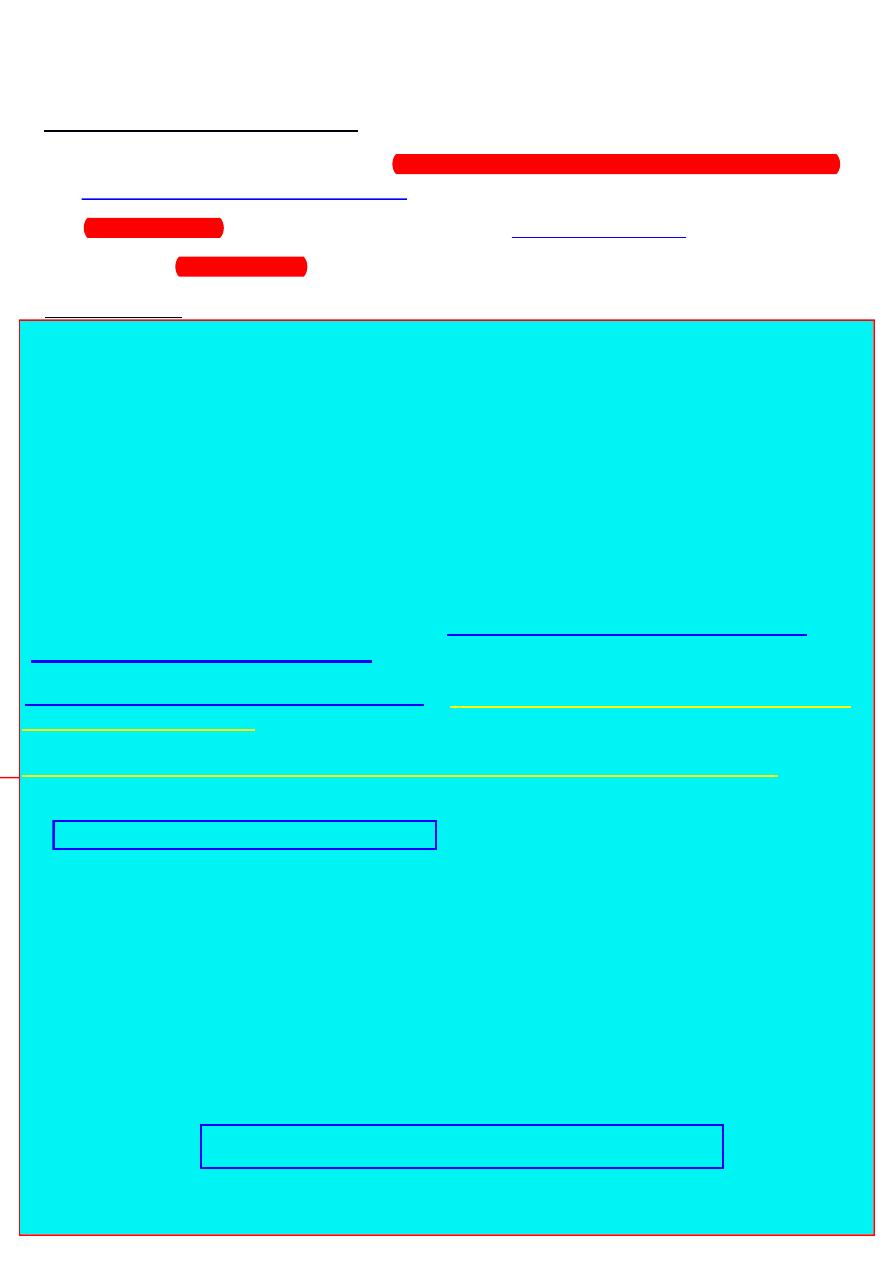
Contraindications and cautions
:-
1
:-
Acute agitation
due to alcohol or other drugs withdrawal may be aggravated by the neuroleptic
(it is treated by simple sedation like diazepam ) .
2:- In epileptic patients; because the neuroleptic drugs can lower seizer threshold .
3:- Development agranulocytosis from using of neuroleptic drugs .
Side effects :-
1
Side effects
1) Extapyramidal side effects :-
it is time dependent with dystonia occur within a few days of
treatment followed by
akathisia ;Parkinson symptoms of bradykinesia ; rigidity and tremor
occur later on ;tardive
dyskinesia occur after months or year of treatment .
2) Antimuscarinic side effects :- Thioridazine is show strong
antimuscarinic activity with
few extra pyramidal disturbances ;in contrast with Haloperidol and
Fluphenazine which
have low Anticholinergic activity and produce extra pyramidal
effects .
3) Neuroleptic malignant syndrome :- fatal reaction to neuroleptic
drugs characterized
by muscle rigidity ; fever ;unstable blood pressure .
4) Neuroleptic drugs depress the hypothalamus causing amenorrhea
and galactorrhea in
female ;decrease libido with gynecomastia in male .
5) block alpha receptors resulting in lowered blood pressure and
orthostatic hypotension .
6) Significant weight gain commonly 0ccur with a typical
neuroleptic drugs
(Clozapine,Olanzapine ; and Risperidone .) .
